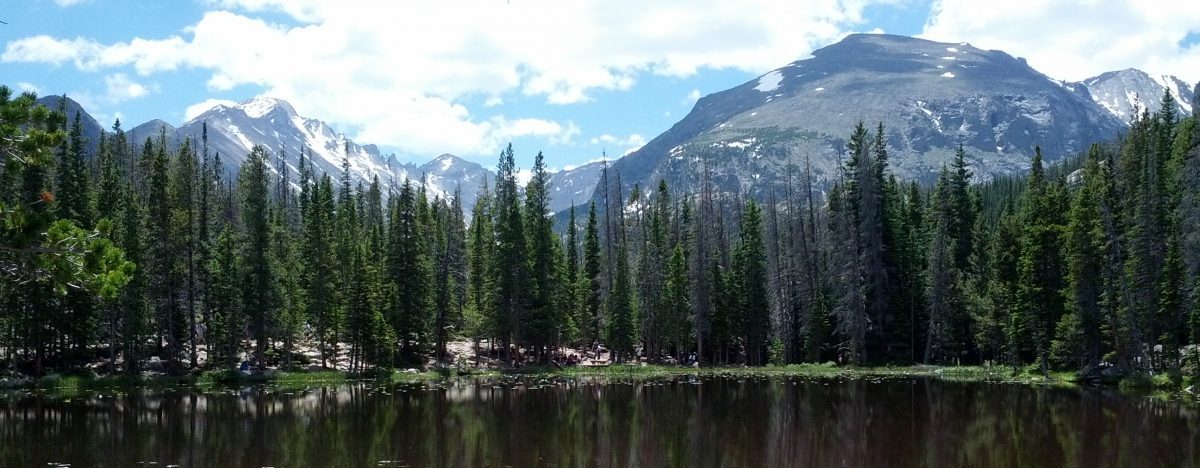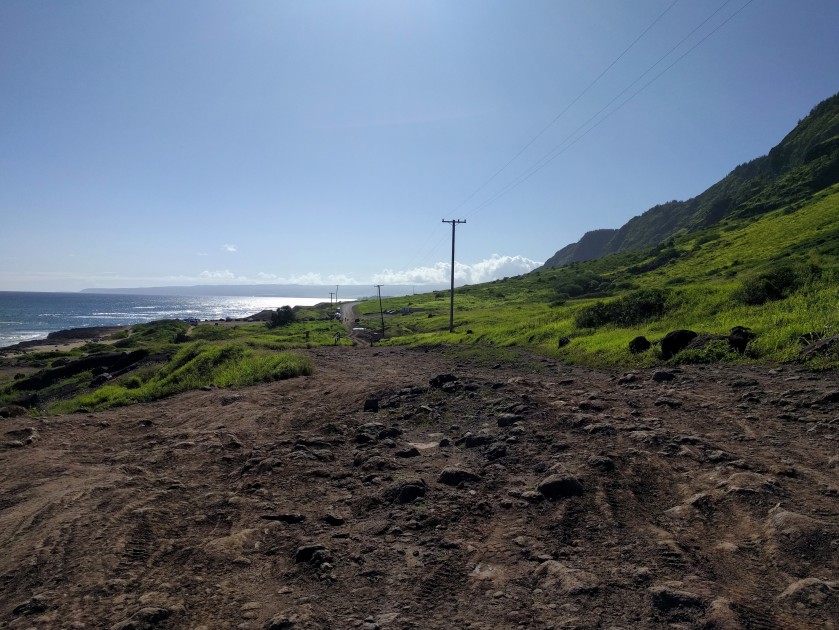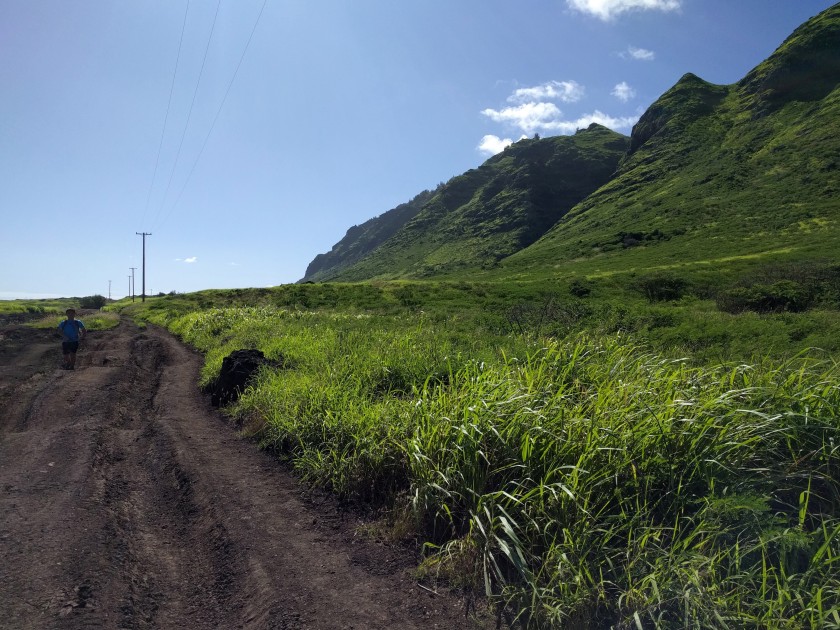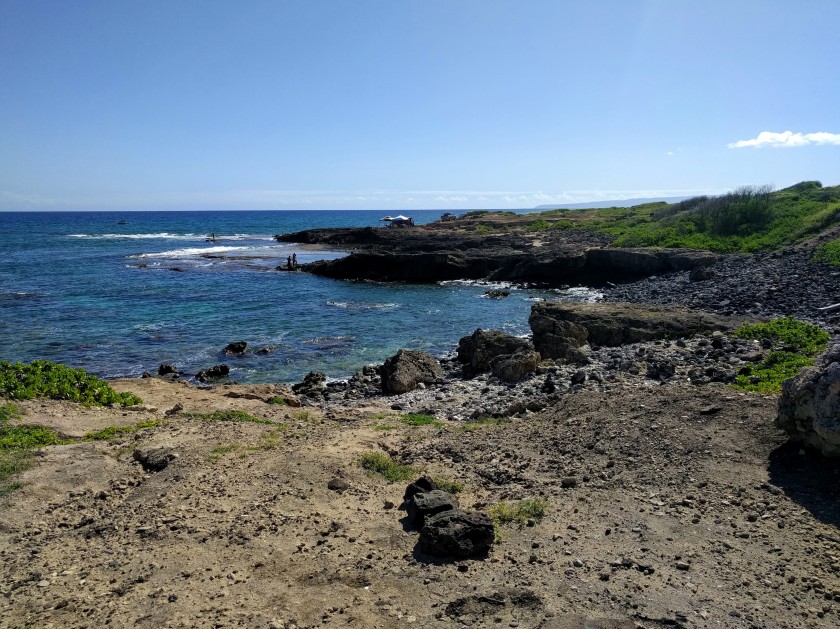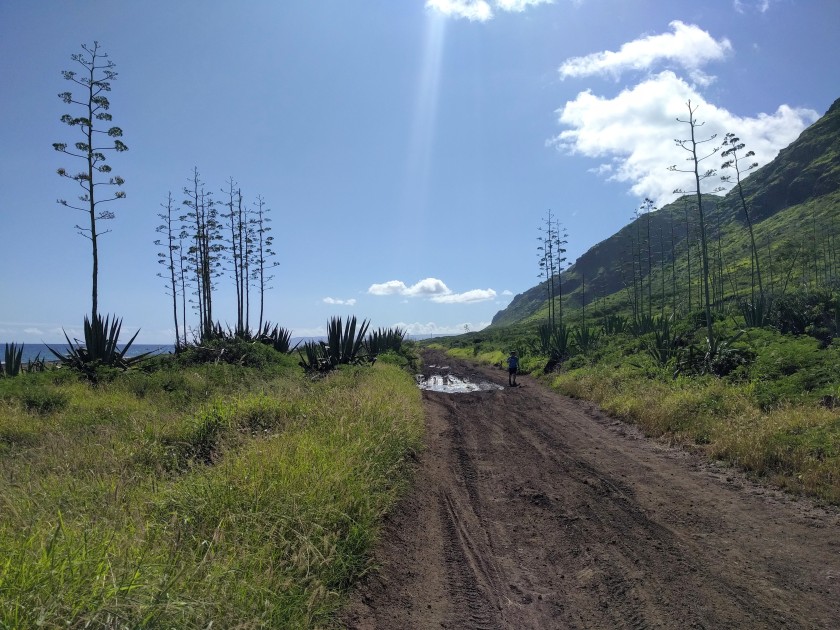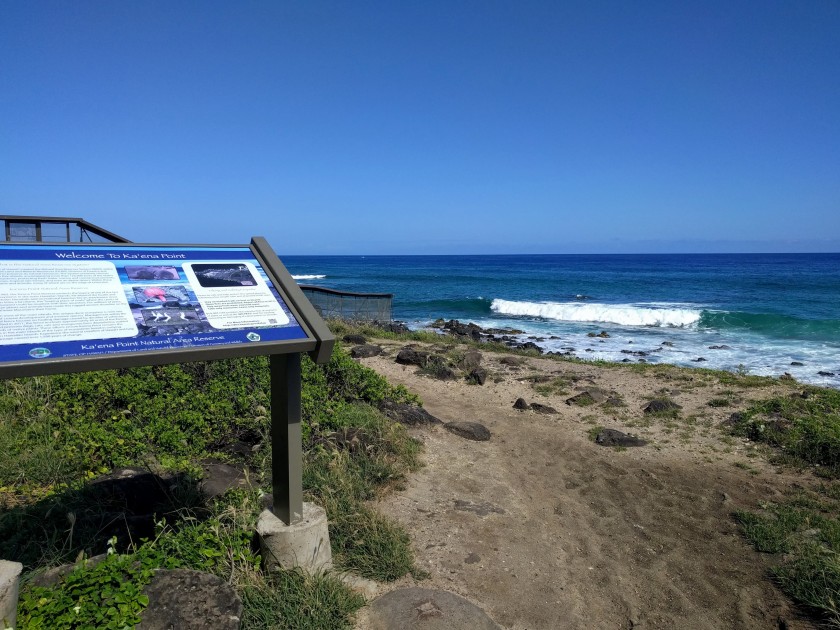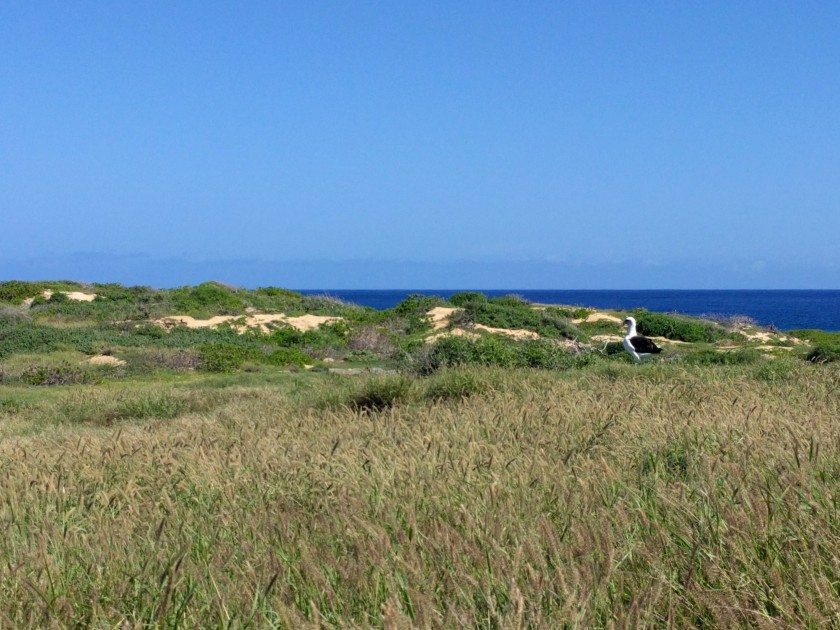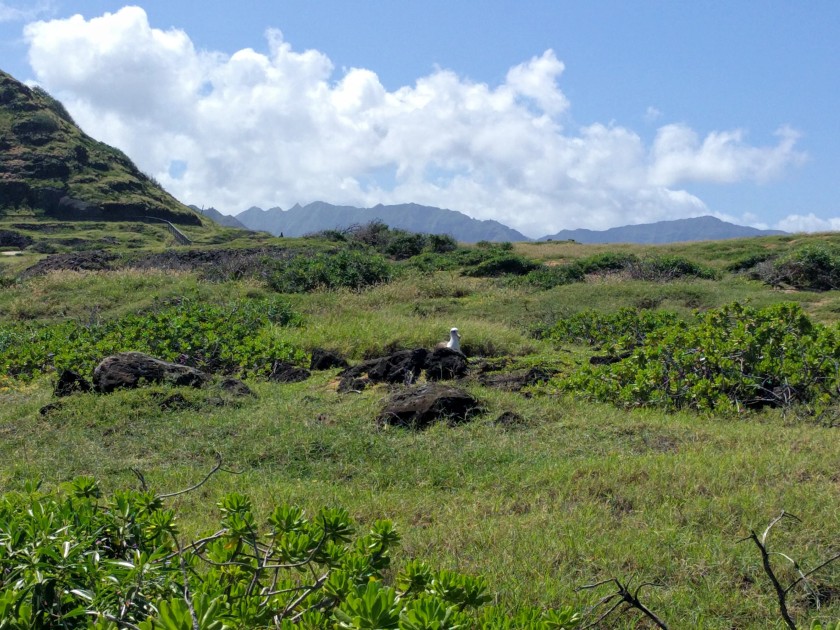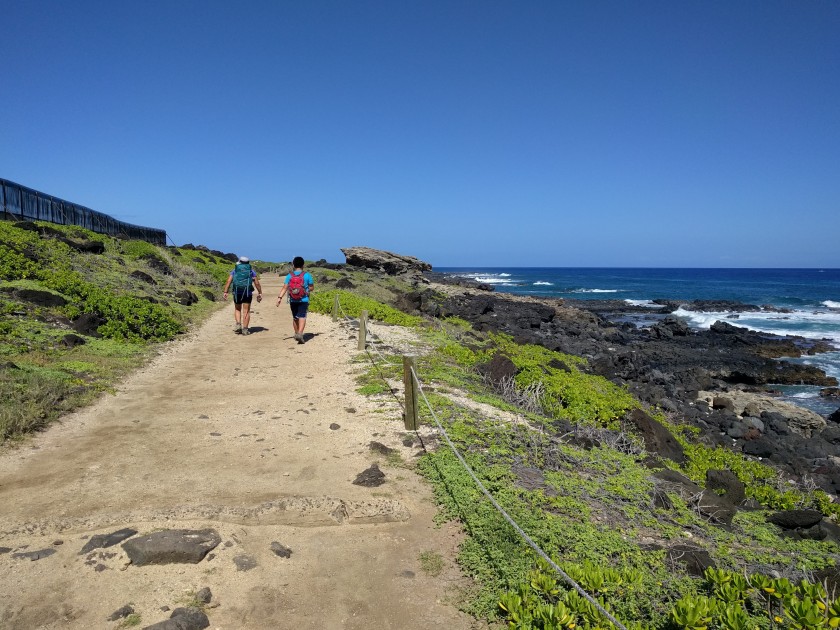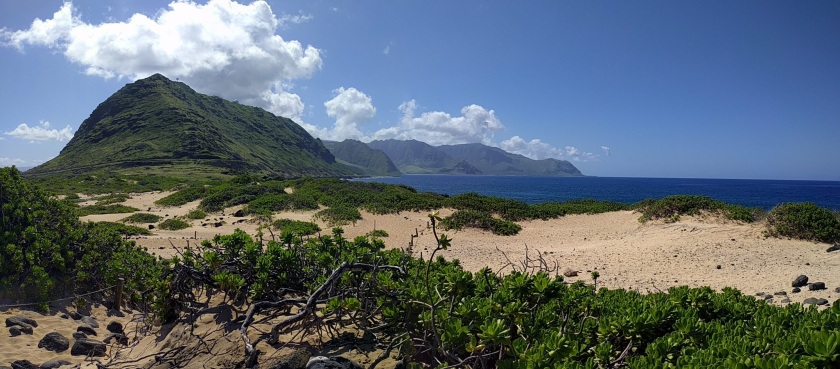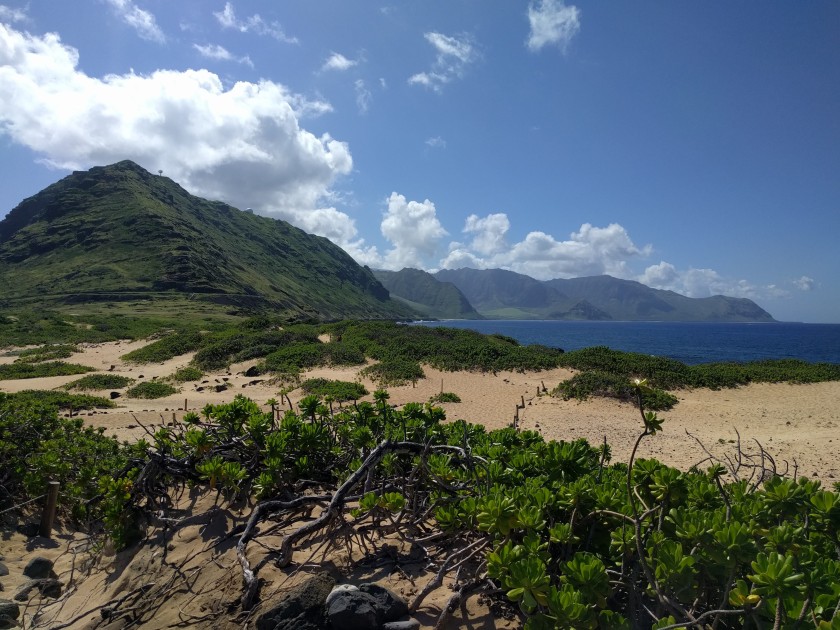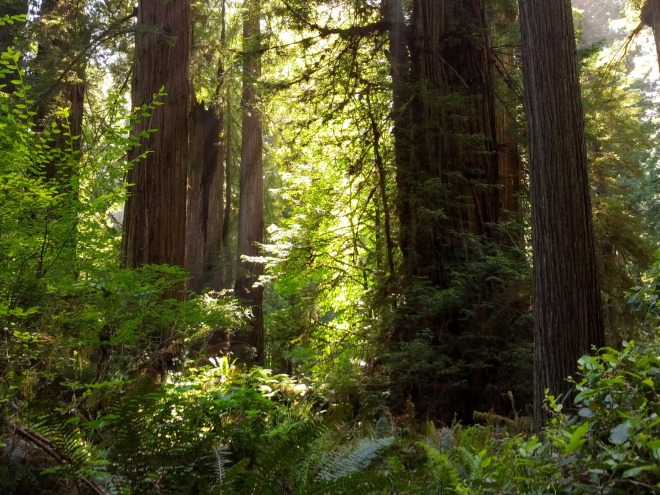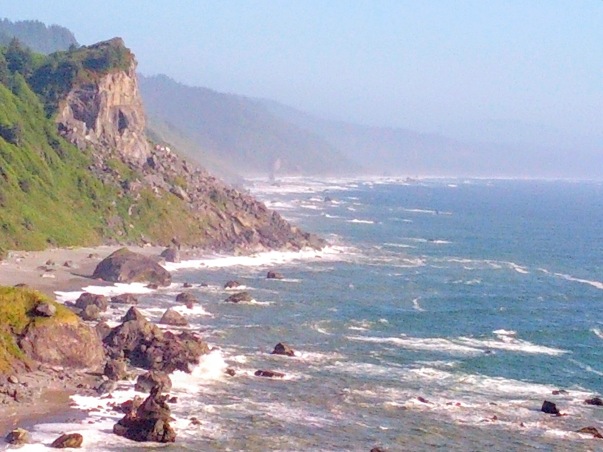As with all enduring love affairs, my relationship with Koko Crater Trail is both simple and complicated.
It all started back in 2012 with my first Koko Crater summit foray (All tongue-in-cheek, of course; a volcanic tuff cone hardly counts as summit bid fare, I know!). I’d heard veteran hikers’ whispered war stories for years, but the trail was only a mile long. How bad could it be? I thought.
Oh, humble pie!
I’ll spare you the gory details, but suffice it to say I came dangerously close to tossing my cookies over the better part of East Oahu that summer afternoon. They don’t dub Koko Crater “The Stairmaster from Hell” for nothing. With a whopping 1,048 Stairs of Doom scaling 1,200 vertical feet in half a mile, this Honolulu trail certainly lives up to its devilish moniker of pain.
Attempt #2 ended just as poorly as Attempt #1, save for some small measure of consolation in having stopped before gastric distress induced Code Red status a second time around. Dreaded stair #750 had foiled me again! Third time’s the charm, or at least that’s what I told myself as I headed down the mountain (er, cone?)-side, licking my wounds.
Koko Crater had proven a worthy nemesis; I would never make the mistake of underestimating her again. I trained hard. Did Insanity for a month. Hiked with a vengeance. And the next time I returned, I knew the sweet triumph of reaching the top. I must have been grinning like an idiot that final, fateful step because a fellow hiker greeted me with an enthusiastic high-five and prophetic words.
“First time?” he asked.
I nodded, mostly because I was too busy trying to remember how to breathe to actually answer.
He gave me a knowing smile. “Won’t be your last. Koko Head’s addictive.”
I couldn’t have imagined the truth to his statement then, busy as I was trying not to die, but the kind stranger had foreseen my future with Yoda-like sagacity. In the years since, Koko Crater has become my favorite, most-despised workout regime. 1,048 stairs up, 1,048 stairs down. It’s never easy. It’s always hard. I love it. I hate it. And I am hopelessly and utterly addicted.


Koko Crater’s “stairs” are wooden railroad ties, vestiges of an old military railway used to transport cargo to pillbox bunkers during WWII. Over the years, the railroad ties have fallen into despair, and though the stairs are neither sanctioned nor maintained by the state, the trail remains popular with both fitness buffs and visitors alike.

When hiking, it’s helpful to consider the trail in three sections: 1) pre-bridge, or the first 500 stairs, 2) the bridge itself, comprising 100 stairs, and 3) post-bridge, the final 400 stairs.
Pre-Bridge, the First 500 Stairs
Stair height varies throughout the pre-bridge section, with most stairs measuring a fairly comfortable foot and a half tall. Hikers tend to fall into two distinct camps here: Team Push and Team Pace. Personal experience lands me firmly on the side of the latter (Summit attempts #1 and #2, I’m looking at you), but others prefer to push early-on to compensate for slower post-bridge times. Both strategies yield success, but it’s important to note that the final 400 stairs are significantly harder than the first 600. Post-bridge, the trail steepens dramatically, and railroad ties are fixed at a near 90 degree angle to the mountain. Slow and steady might mean a little ego bruising while other hikers overtake me here, but anything that keeps puking at bay is golden in my book. I’ve watched enough people get sick after the bridge to remember how close I came to doing the same!



Seeking out the 100-stair “markers” that fellow hikers have inked on the railroad rails keeps me motivated…and ever mindful that Stair 300 is where things start getting real. Luckily, there’s quite a view to be had already, equal parts reward and incentive to spur the weary (ie: me) on.


Stair 500: The Bridge (a.k.a. You’re Halfway There!)
Stair 500 brings us to the halfway point: The Bridge. The railroad ties continue here without discernible break, but unlike in the previous section, this portion of rail free-floats 15-20 feet above the ground. While the slats aren’t wide apart enough to fall through, they’re large enough to warrant a broken ankle or leg should you slip. Unfortunately, EMS rescues are not uncommon in this area, and though I’d love to cite that as my reason for skirting the bridge and taking a land detour, who am I kidding? I’m the biggest ‘fraidy cat around when it comes to exposed heights. EMS incidents or no, there’ll be no crossing that rickety bridge for me! Luckily, there’s a side path that skirts the bridge’s entirety, rejoining the main trail just past Stair 600. Here, the railroad ties are firmly rooted to the mountainside again. If you look to the right of the bridge, you will see a well-worn dirt path that wusses like me cling to with gratitude. 😀



Post-Bridge: the Final 400 Stairs of Doom
The post-bridge finale is truly a test of mental and physical fortitude. No matter how many times I complete Koko Crater, Stair 750 always, always vexes me. It’s where I consider throwing in the towel, every single time. Here, the stairs steepen from a 45 degree incline to a daunting near-90 vertical climb. Stair height increases dramatically as well. At 5’3”, I often have to lift my legs 2-3 feet between steps, reverting to all fours to hoist myself up. Time and weather have eroded the gravelly dirt between stairs to well below stair-line, and many of the wooden railroad ties are narrow and broken as well, making for sketchy footing. How’s a girl to get to the top? “Eyes on the prize” is a mantra that serves many well, but I prefer to keep my eyes fixed upon the ground–one stair at a time, one foot at a time–until I’m past Stair 900 and safely past my mental quitting zone.


But oh, to stand–or collapse, as it were–on the summit! There is nothing more glorious. To experience the beautiful camaraderie found at the top of Koko Crater is to understand the Aloha Spirit indeed. Strangers evolve into friends over fist bumps and high-fives. War stories are shared and commiserated. And always, Koko Crater veterans pay it forward, shouting encouragement to first-timers hundreds of feet below. “Don’t quit now! You’re almost there–push!” is a happy onus to bear.





True, Koko Crater’s beautiful views of Hanauma Bay, Diamond Head, and the Ko’olaus are without rival, but I’d venture that the hike’s appeal lies less in its views (delightful though they may be) and more in the singular opportunity to challenge oneself. The stairs demand a unique skillset, delivering circuit training, strength training, and interval training in one convenient and grueling package–gorgeous views simply sweeten the deal. Koko Head’s short mile-long length also lends itself to weekly repetition, a boon to goal-oriented junkies who enjoy quantifying fitness gains. Given our hurts-so-good masochistic tendencies, this quad and glute (and lung!) burner has earned a weekly spot in our training regime. There’s nothing more gratifying than watching recovery times between spurts improve or seeing your time to the summit drop to thirty minutes or less! No matter how many times you claw your way to the top, Koko Crater never gets old. Fitness goals may change and evolve, but the challenge itself? Always there.
1,048 stairs up. 1,048 stairs down. It’s never easy. It’s always hard. Love it and hate it–Koko Crater Trail is the stuff of maddeningly sweet addiction.
